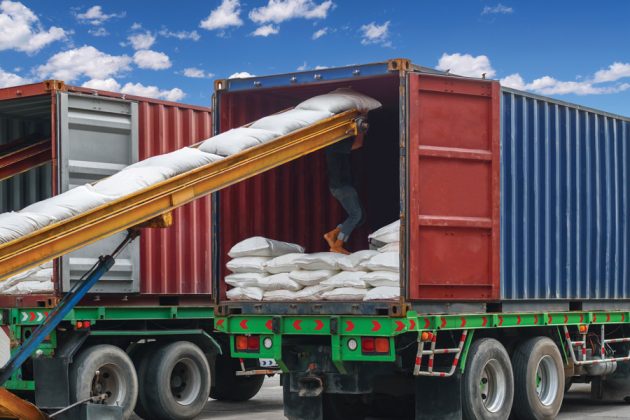
Focus on Food Safety: Inherent risks in processing II
By Ron Wasik
Food Safety Editor pick food safety Photo © Hor / Adobe Stock
Photo © Hor / Adobe Stock This column will be my last one for Food in Canada. As indicated in last month’s column, this one will touch on the risks inherent in maintenance, training, operations, quality control, sanitation, sampling, lot identification and traceability.
Maintenance
Often overlooked as a food safety risk, poor maintenance can lead to serious issues. Take the case of Peanut Corporation of America. It failed to repair roof leaks and broken windows and screens, which produced conditions that resulted in a salmonella outbreak in the USA in 2008. Nine people died, more than 700 became ill, the company was liquidated and the CEO was sentenced to prison for 28 years. This should be a warning to anyone who thinks they are smart to cut back on maintenance.
Training
The importance of food safety training cannot be overstated. While the actual training session is key, it would be a waste of time if there is no follow up to ensure the teaching and recommendations are implemented properly.
Operations
Operations ‘rule’ the organization. Without them, there is nothing to sell, and the business will not survive. Every company provides key performance targets that incentivize the operations team to maximize output and efficiency and minimize downtime and waste. Achieving and surpassing these targets saves the company money and earns staff bonuses. However, achieving performance targets at the expense of food safety would end up costing the company more than what may have been saved. Food safety must always be an uncompromising performance measure for everyone in the company. There are no exceptions to that rule.
QA/QC
The quality assurance (QA) and quality control (QC) personnel are expected to establish and enforce a company’s food safety programs. However, there are problems. Three egregious practices expose a company to serious food safety issues. The first is paying minimum wage with little opportunity for advancement to QA/QC staff. The second is hiring poorly qualified people. The third is to rely on the food safety programs these poorly paid and under-qualified individuals implement. Remember, you get what you pay for and you sleep in the bed you make.
Sanitation
Sanitation workers are often regarded as the lowest class of all corporate employees. After all, this is hard, hot, dirty, sticky, poorly paying and hazardous work usually done late at night. It’s easy to understand why turnover is frequently high in sanitation. Budget cuts can be frequent. Recent food safety developments are now changing our perceptions about sanitation. It is now regarded as critical to a company’s success. Although the work remains hard, hot, dirty, sticky and hazardous, companies are paying top dollar to attract and retain highly qualified sanitation personnel. You can’t make safe food with dirty equipment or in an unclean room.
Sampling
What to sample and when and how much to sample are questions that must be seriously addressed by a food processor. Done correctly, sampling provides the company with sufficient data to determine if the product or process is up to standard. Unfortunately, sampling schemes can be manipulated to get the results one needs to send a product to market. This is what the Peanut Corporation of America often did with disastrous results. Companies that manipulate sampling schemes to get the results they want will get into trouble. The right sampling program will provide a food processor with the data they need to control both the safety and quality of their products.
Lot identification and traceability
A lot is a discrete amount of a product containing a set of ingredients that may have been processed under different conditions. So, if there is a change of ingredients and/or processing conditions, the lot number used to identify that product should change. Detailed records of the ingredients and processes used to make the product should be recorded and retained for at least two years longer than the product’s shelf life or use-by date. Regrettably, some food processors assign the same lot number to all units of a product they make in a day or longer. Unfortunately, if that product ends up in a food recall, all products of that lot number will be implicated. If regulatory officials have doubts about the company’s lot coding practices, several other days of production will be recalled.
In closing
I have both enjoyed and benefited from writing for Food in Canada. Writing the column has motivated me to stay close to the entire food industry, and I am deeply grateful for this. I am also grateful to the readers who continue to support this unique magazine, which is the voice of our industry.
Dr. R.J. (Ron) Wasik, PhD, MBA, CFS, is president of RJW Consulting Canada Ltd. Contact him at rwasik@rjwconsultingcanada.com.
This article was originally published in the November/December 2021 issue of Food in Canada.
Print this page